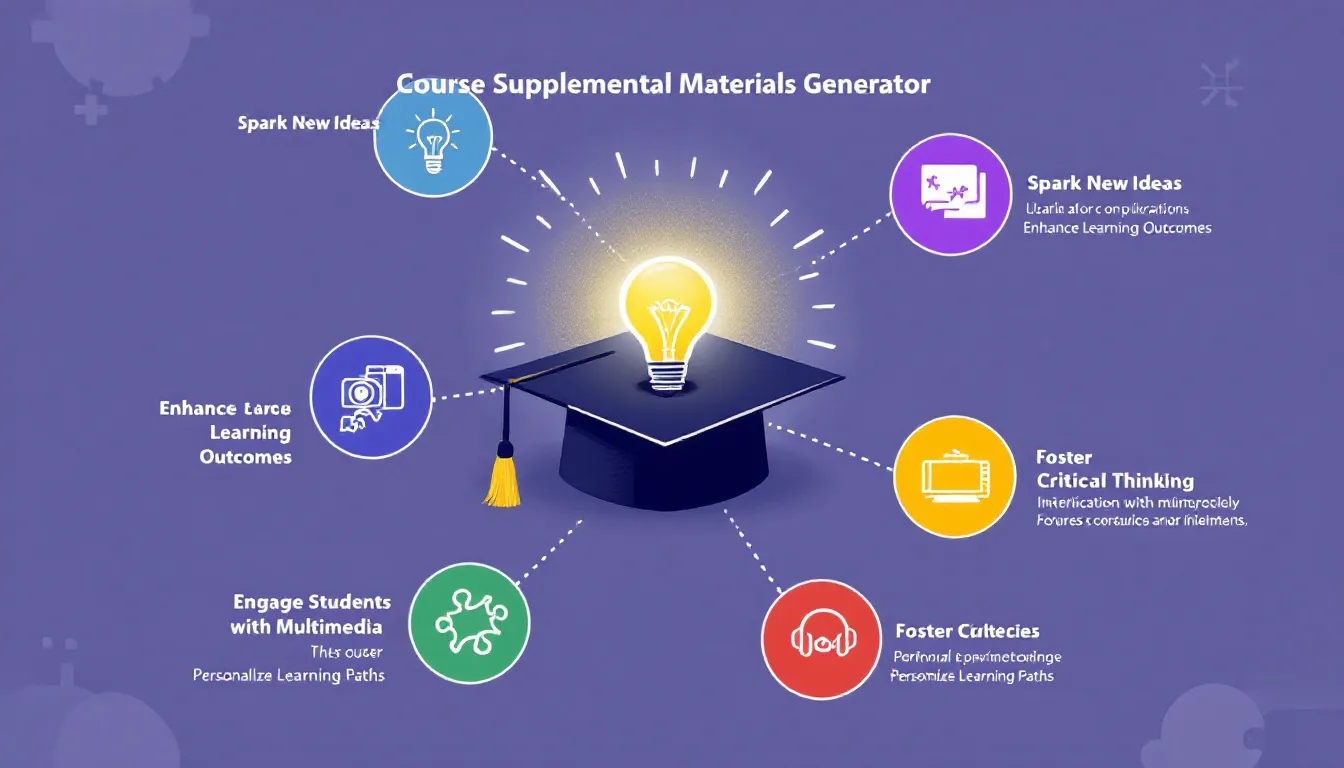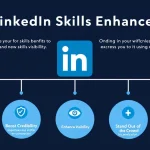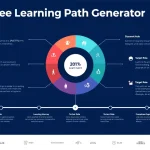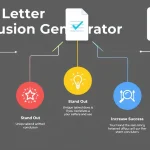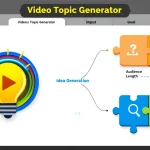Course Supplemental Materials Generator
Is this tool helpful?
How to Use the Course Supplemental Materials Generator Effectively
Follow these simple steps to get tailored supplemental materials that enhance your curriculum:
- Enter the main course subject: Provide the primary topic of your course. For example, “Renewable Energy Technologies” or “Contemporary World Literature”.
- Specify your target audience: Describe who your course is designed for. Examples include “Environmental science graduate students” or “Adult learners interested in modern fiction.”
- Optional: Add course duration: If applicable, state how long your course runs, such as “6 months” or “Short workshop over 4 days.”
- Optional: List learning objectives: Clarify what students should achieve, like “Master advanced photovoltaic system design” or “Analyze major themes in 21st-century novels.”
- Optional: Describe existing course materials: Summarize any current resources, for instance, “Course textbook and lab manuals” or “Recorded guest lectures and reading lists.”
- Generate your supplemental materials: Click the generate button to receive a curated list of additional resources tailored to your course details.
After submission, review the suggested materials to enrich your curriculum. You can easily copy and integrate these recommendations into your course planning for a more comprehensive learning experience.
Introducing the Course Supplemental Materials Generator
The Course Supplemental Materials Generator helps educators and course designers quickly create a personalized list of additional learning resources. It leverages your course details to suggest relevant books, articles, videos, case studies, and interactive tools that deepen student understanding.
This tool reduces the time needed to research useful content, ensures your supplemental materials align with your course goals, and supports diverse learning preferences by offering a variety of resource types.
What Are Supplemental Materials?
Supplemental materials enrich your main curriculum by providing extra context, practice, and perspectives. These can include:
- Relevant books and research papers
- Educational video series and documentaries
- Podcasts and audio lectures
- Interactive simulations and online tools
- Real-world case studies and example scenarios
- Infographics and visual aids
- Expert webinars and interviews
Using these materials helps students grasp concepts from multiple angles, suits different learning styles, and encourages deeper engagement.
Practical Uses of the Course Supplemental Materials Generator
This tool fits a variety of course development needs across disciplines by helping you quickly identify resources that complement your specific curriculum.
Example Use Case: Environmental Science Course
- Subject: Climate Change and Sustainable Development
- Audience: Undergraduate environmental studies majors
- Duration: One semester (15 weeks)
- Learning Objectives: Understand climate models, Analyze policy frameworks, Develop sustainable project proposals
- Existing Materials: Textbook, lecture videos, and field trip notes
The generator might suggest:
- Recent journal articles on climate adaptation strategies
- Interactive carbon footprint calculators
- Documentaries like “Our Planet”
- Podcasts featuring climate scientists
- Case studies on sustainable urban planning
Example Use Case: Literature Department Workshop
- Subject: Modern Poetry Analysis
- Audience: Adult learners in after-hours workshops
- Duration: 4 weeks
- Learning Objectives: Interpret poetic devices, Critique contemporary poets, Write analytical essays
- Existing Materials: Reading list and sample poems
Suggested supplemental resources could include:
- Video lectures on poetry techniques from university platforms
- Interviews with poets in podcast format
- Online forums for peer discussion
- Visualization of poem structures
Key Benefits of Using the Course Supplemental Materials Generator
1. Save Time on Research
Skip hours of manual content curation. Get curated supplemental materials within minutes that fit your course needs exactly.
2. Access Diverse Learning Resources
Receive suggestions spanning multiple formats—texts, videos, podcasts, and interactive media—that support varied learning styles.
3. Tailored to Your Course
The tool considers your course topic, audience, duration, and goals to provide highly relevant recommendations that strengthen your curriculum.
4. Stay Current with Latest Information
It includes recent publications and trending content in your field, keeping your course materials fresh and up-to-date.
5. Increase Student Engagement
Offer a variety of resources that appeal to different learners and boost interest and understanding in your course.
Addressing Common Challenges in Course Development
Overcome Time Constraints
With this tool, you save valuable time by quickly generating relevant supplemental materials instead of searching manually.
Ensure Resource Quality and Relevance
The generator draws from credible sources and focuses on materials directly aligned with your course objectives.
Cater to Different Learning Styles
A mix of reading, visual, and interactive content helps address the varied preferences of your students.
Keep Content Up-to-Date
Regularly revised suggestions help you maintain modern and accurate course supplements.
Expand Course Depth and Breadth
The tool offers materials that delve deeper into key topics or broaden the curriculum with related ideas.
Frequently Asked Questions
How often should I refresh my supplemental materials?
Review and update them at least annually. For fast-changing subjects like technology or current events, update more frequently to ensure relevance.
Can I influence the type of materials suggested?
You can guide suggestions by providing detailed course objectives and descriptions of existing materials. This improves the tool’s ability to tailor recommendations to your needs.
Important Disclaimer
The calculations, results, and content provided by our tools are not guaranteed to be accurate, complete, or reliable. Users are responsible for verifying and interpreting the results. Our content and tools may contain errors, biases, or inconsistencies. Do not enter personal data, sensitive information, or personally identifiable information in our web forms or tools. Such data entry violates our terms of service and may result in unauthorized disclosure to third parties. We reserve the right to save inputs and outputs from our tools for the purposes of error debugging, bias identification, and performance improvement. External companies providing AI models used in our tools may also save and process data in accordance with their own policies. By using our tools, you consent to this data collection and processing. We reserve the right to limit the usage of our tools based on current usability factors.
